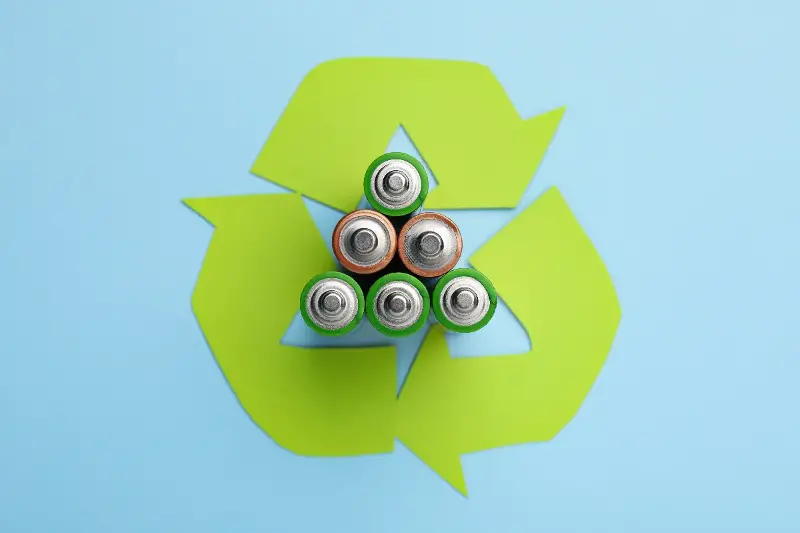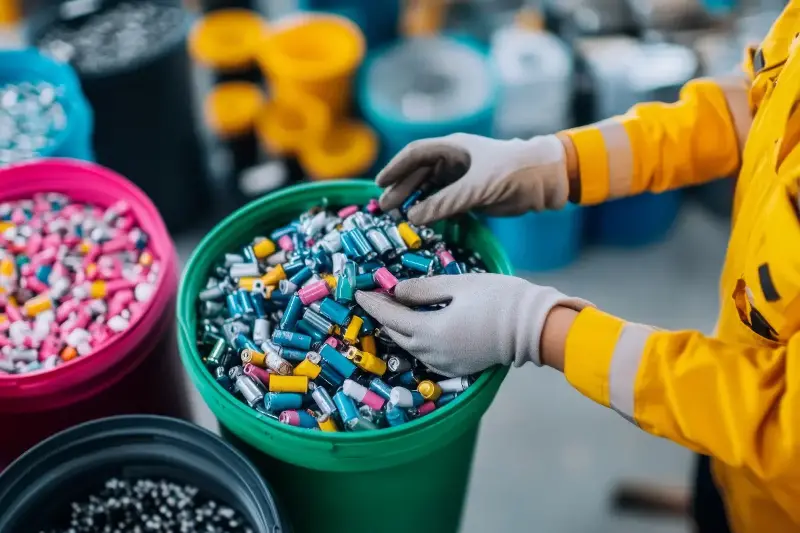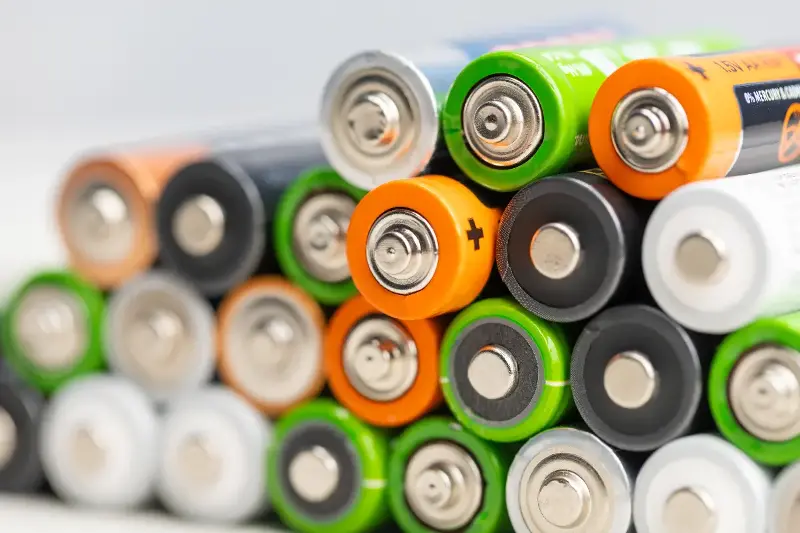Like quiet witnesses to our daily routines, batteries tuck away their secrets until the moment someone asks—do old batteries ever truly die, or is there a hidden afterlife that gives them new purpose? With technology intertwined with sustainability efforts, the story of a battery extends far beyond the point when your device flickers off. Let’s delve into what actually happens when a battery “dies”—and the fascinating journey it can make toward a new life.

The Illusion of a ‘Dead’ Battery
We’ve all experienced it: that sinking feeling when a favourite gadget goes flat, seemingly lifeless. But what happens inside that cold cylinder or rectangular cell?
The truth is, most batteries—be they alkaline, lithium-ion, or nickel-metal hydride—“die” because the chemical reactions inside can no longer produce enough voltage to power a device reliably. But underneath, a world of usable materials remains locked within those seemingly dead shells.
Many “dead” batteries are only dormant, holding metals like cobalt, lithium, nickel, lead, or zinc, alongside plastic and other materials. These materials have not perished; instead, they’re waiting to be released and reborn in unexpected ways.
From Landfill to Lifeline: The Sustainability Angle
Batteries are among the most ubiquitous tech items in the home, from remote controls to electric vehicles. Each year, millions end up in landfill, leaching toxic substances into soil and water. But disposal isn’t destiny—recycling offers a powerful alternative.
Why recycle batteries? Consider these points:
- Resource Conservation: Many battery metals, like lithium and cobalt, are finite and expensive to mine.
- Pollution Prevention: Batteries left in landfill release chemicals harmful to humans, animals, and entire ecosystems.
- Climate Impact: Recycling reduces the carbon footprint compared to mining new materials.
Recycling batteries isn’t just about waste—it’s about seeing value where others see rubbish.

How Batteries Are Reborn
The rebirth process might surprise even the most tech-savvy among us. Battery recycling is part science, part industrial artistry, involving several fascinating steps:
- Collection & Sorting: Batteries are gathered from homes, businesses, and specialised drop-off sites, then sorted by chemistry and size.
- Shredding & Separation: Machines break them down into fragments. Powerful magnets and filters separate metals and plastics.
- Chemical Recovery: Through processes like hydrometallurgy or pyrometallurgy, valuable compounds such as lithium, nickel, and cobalt are extracted and purified.
- Reintroduction to the Supply Chain: These recovered materials find new life—forming new batteries, electronic components, or even stainless steel.
It’s a technological recycling loop that’s both elegant and essential.
Fascinating Second Lives: Where Old Batteries Go Next
So, where do the bits of your old smartphone battery end up? The answer may surprise you:
- New Batteries: Many manufacturers, including giants like Tesla and Apple, are now using recycled metals in new batteries.
- Electric Vehicles: Reclaimed materials may power the next generation of electric cars.
- Alternate Storage: Used EV batteries, when no longer fit for driving, often serve as power banks for homes or solar energy storage.
- Construction Materials: Some battery by-products find their way into bricks, road surfacing, or insulation.
In a sense, every recycled battery is a silent participant in the world’s shift towards sustainability and circular economies.

The Challenges and Innovations Ahead
Battery recycling isn’t without its obstacles—collection logistics, safety risks, and economic viability remain top concerns. Yet, cutting-edge research is transforming the industry:
- Direct recycling techniques reduce energy use and preserve more of a battery’s original structure.
- Startups are exploring “urban mining,” harvesting valuable metals not just from batteries, but from all kinds of electronic scrap.
- Legislative action in Europe and elsewhere is nudging manufacturers to make batteries easier to recycle by design.
Innovation is driven by necessity—and the global thirst for greener power.
Do old batteries ever really die? Perhaps the better question is, how many lives can a battery live? With science, smart policy, and consumer awareness, yesterday’s “dead” batteries become today’s raw materials and tomorrow’s innovations.
The next time you toss a battery into a recycling drop-box, imagine where its story might go—from powering your old TV remote to lighting the streets of a city powered by renewables. The afterlife of batteries is a mirror of our evolving relationship with technology and the planet—mysterious, ongoing, and full of potential yet to be tapped.
